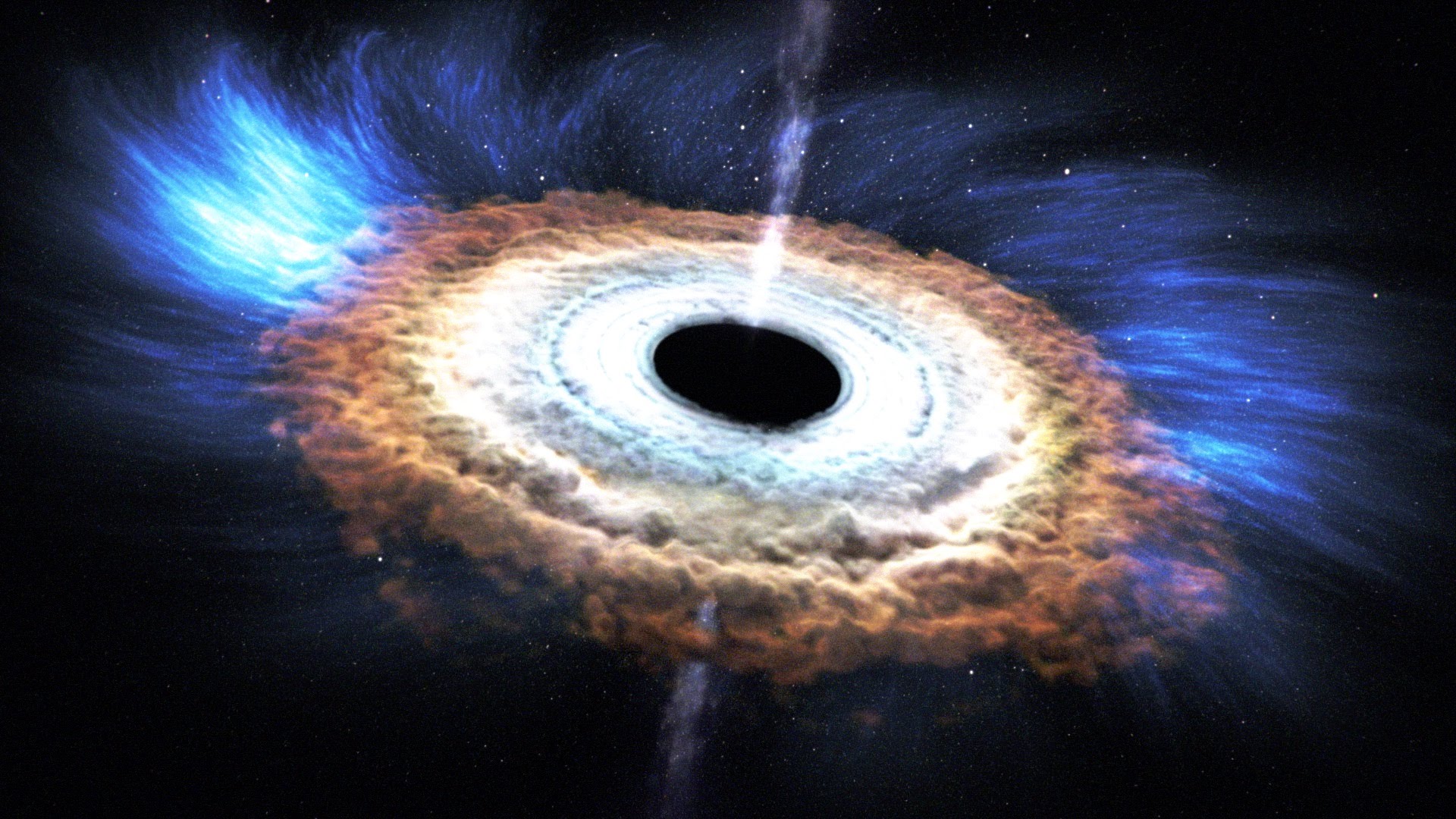What happens to a star after it becomes a supernova?
3 Answers
Lot of gas spreads in space.The core become a neutron star or black hole.
Explanation:
Large amount of gases go out and spread in space.Core become neutron star or black hole depending on mass.
It becomes a black hole.
Explanation:
A black hole works like a vacuum, only using gravity instead of suction. However, a black hole is formed when a very large star dies and goes supernova. Meaning it runs out of nuclear fuel (gases) and explodes (for lack of better word) before collapsing and consuming itself until it's the size of a pinhead.
Although it is now the size of a pinhead it retains its former mass. Which is quite large considering the size of most stars.
During a star's lifetime, its gravity and pressure are balanced out by its mass. However, when a star collapses gravity gets the upper hand and forces the star to collapse under its own weight.
When this happens the core compacts into such a small size it has practically no volume, but infinite density. Because of this, the black hole starts to consume light. Meaning that the surrounding area becomes a cesspit of darkness that nothing can see through.
It would also require a speed greater than light to escape the gravity. As no object can reach this speed anything that passes into the gravitational field will be trapped forever.
(Copied from my answer to- If we could send a camera into a black hole, what would we see?)
Kind regards,
Ricey.
(This is definitely not genuine but it sure looks cool)

The star collapses into a neutron star or a black hole after a supernova explosion.
Explanation:
When a star larger than 8 solar masses runs out of Hydrogen in its core it starts fusing progressively heavier elements. Once the core is mainly Iron, no further fusion reactions are possible as it requires more energy to fuse Iron.
Once fusion stops, the core thats to collapse under gravity. If the core is more than 1.4 solar masses then the core overcomes electron degeneracy pressure. This forces protons and electrons to combine into neutrons to form a neutron star. This releases vast numbers of neutrinos.
The core collapse causes the outer layers of the star to be blown away in a supernova explosion.
If the neutron star is massive enough to overcome neutron degeneracy pressure it will collapse into a black hole.




